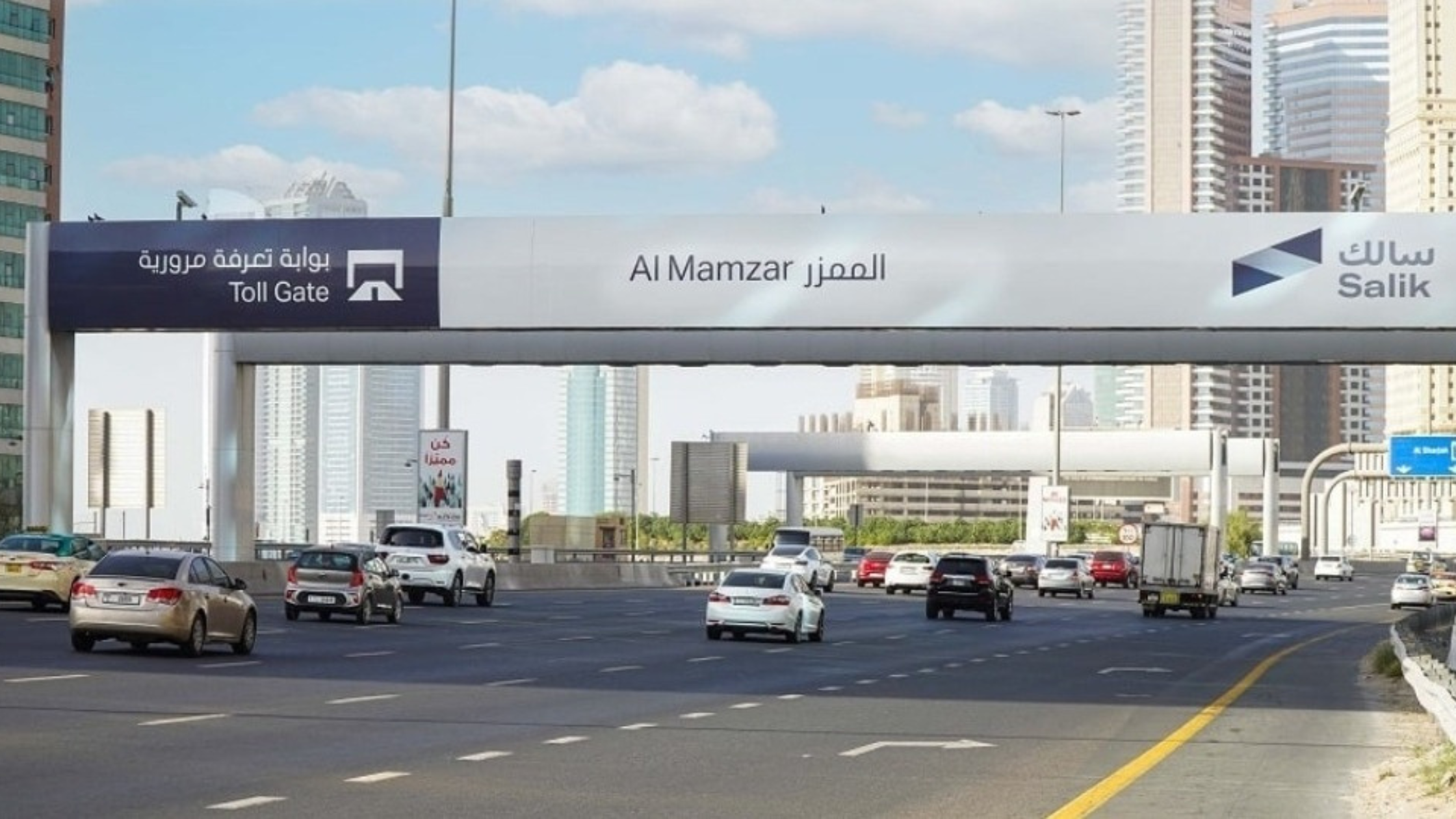Denver Plane Fire Delays 90 Flights After Emergency Evacuation

An American Airlines flight heading from Denver to Miami faced a terrifying brake fire on Saturday, forcing passengers to evacuate and grounding nearly 90 flights. Here’s the full story of what happened, the aviation safety response, and what it means for passengers and the airline industry.
Mechanical Emergency Forces Emergency Evacuation at Denver Airport
On the afternoon of Saturday, July 26, 2025, passengers aboard American Airlines Flight 3023 experienced a shocking turn of events. Just as the Boeing 737 MAX 8 was preparing for takeoff at Denver International Airport (DEN), a sudden mechanical failure led to an abrupt stop on the runway. The malfunction resulted in a brake fire beneath the aircraft, prompting an immediate evacuation of all passengers and crew.
According to official statements from American Airlines, the aircraft encountered a “mechanical issue” during the takeoff roll. The issue triggered an emergency braking sequence that blew the tires and ignited a fire near the landing gear. With thick smoke rising and passengers unaware of the exact cause, the crew initiated a full-scale emergency evacuation onto the tarmac.
All Passengers Evacuated Safely Amidst Chaos
Despite the severity of the incident, all 173 passengers and six crew members were safely evacuated from the aircraft. Emergency chutes were deployed, and passengers fled across the runway, with many visibly shaken. One person was transported to a local hospital with minor injuries, while five others received on-site medical assessments and were cleared without hospitalization.
Videos recorded by passengers and bystanders captured smoke billowing from the aircraft’s undercarriage as emergency responders rushed to the scene. The images quickly went viral on social media platforms, drawing global attention and raising questions about aircraft safety standards.
Rapid Response by Denver Fire Department Averts Major Disaster
The Denver Fire Department responded promptly and managed to extinguish the fire before it could spread or cause further damage. Their swift action prevented what could have easily escalated into a much more serious situation. According to eyewitness accounts, firefighters arrived within minutes and controlled the blaze at the source of the landing gear.
Following the incident, American Airlines grounded the aircraft and removed it from service. Maintenance teams have since launched a thorough inspection to identify the exact mechanical failure and prevent similar occurrences in the future.
Federal Aviation Administration Launches Full Investigation
The Federal Aviation Administration (FAA) has initiated an official investigation into the incident. According to a preliminary report, the flight crew reported a potential issue with the landing gear just moments before takeoff. The FAA is now working closely with American Airlines and Boeing to determine whether a systemic flaw may have contributed to the fire.
The investigation will likely include data from flight recorders, maintenance logs, and communications between the cockpit and air traffic control. The FAA emphasized the importance of transparency and thoroughness in this case, particularly given the aircraft model involved – the Boeing 737 MAX 8, which has faced heightened scrutiny in recent years.
Temporary Ground Stop Causes Widespread Delays
In response to the emergency, airport authorities issued a temporary ground stop at Denver International Airport from 2:00 p.m. to 3:00 p.m. local time. According to FlightAware data, this caused delays to nearly 90 departing and arriving flights. The ripple effect was felt across the country as connecting flights and schedules were impacted.
Airport officials confirmed that the ground stop was a precautionary measure to ensure passenger safety and to allow emergency responders to complete their work. After an hour, operations resumed with increased caution, but delays continued well into the evening.
Replacement Aircraft Flown In for Stranded Passengers
American Airlines acted quickly to rebook affected passengers and deployed a replacement aircraft to transport them to Miami later that evening. While the incident caused understandable disruption and concern, the airline was praised for its efficient passenger support and transparent communication.
Passengers received food vouchers, accommodation options where necessary, and continuous updates from airline representatives. For many, the professionalism of the crew and the airline staff helped alleviate the stress of the ordeal.
Aircraft Involved: Boeing 737 MAX 8 Under Scrutiny Again
The aircraft involved in the incident was a Boeing 737 MAX 8, a model already subject to global investigations and regulatory hurdles due to its troubled past. Although the previous controversies surrounding the MAX series were largely addressed through updated software and stricter certification, this latest fire raises new concerns.
Analysts and aviation experts are closely watching how Boeing and the FAA respond. Questions are being asked about whether maintenance routines, mechanical components, or design flaws played any role in this incident. Until the investigation concludes, the grounded aircraft will remain under inspection.
Aviation Safety in Focus After Denver Incident
The incident has brought the topic of aviation safety back into the spotlight. With thousands of flights operating daily worldwide, passengers rely on rigorous maintenance checks, pilot training, and emergency protocols. Events like these, while rare, highlight the importance of constant vigilance in air travel.
According to aviation safety analysts, the quick action of the crew and emergency services prevented a potentially catastrophic situation. However, it also underscores the need for continuous investment in aircraft inspection technologies, real-time alert systems, and safety drills.
Global Reaction and Social Media Buzz
News of the Denver plane fire spread rapidly across the internet. Hashtags like #DenverPlaneFire, #AmericanAirlinesEmergency, and #Boeing737MAX started trending within hours. Passengers shared personal videos, messages of gratitude for their safety, and criticism of the airline for what some described as preventable.
Media coverage was widespread in both American and international news outlets, including major publications in the UAE. The incident raised awareness of flight safety, especially in the context of high-traffic airports like Denver and Miami.
Travel Industry Adapts to Unexpected Emergencies
While emergencies like this are rare, they serve as case studies for the global travel and airline industry. Airlines, regulatory bodies, and airport authorities will likely incorporate lessons from this incident into future training and protocol updates.
For travelers in the Middle East and UAE, the incident is a reminder of the importance of choosing airlines with strong safety reputations. The UAE, known for its world-class aviation infrastructure, maintains high standards that prioritize passenger well-being.
What’s Next for American Airlines and the FAA?
As investigations proceed, American Airlines will be expected to provide regular updates on findings, especially if mechanical or procedural changes are required. The FAA’s conclusions will determine whether broader regulations or safety measures need to be implemented industry-wide.
For now, passengers are advised to remain calm and continue following standard safety practices. Aviation remains one of the safest modes of transportation, and incidents like these, while alarming, are handled with professionalism and precision.
Lessons in Crisis Management and Aviation Preparedness
The Denver plane fire serves as both a warning and a reassurance. While unexpected, the response showcased the effectiveness of emergency protocols, the training of airline staff, and the readiness of airport fire departments. It is a reminder that while no system is foolproof, swift and decisive action can protect lives.







